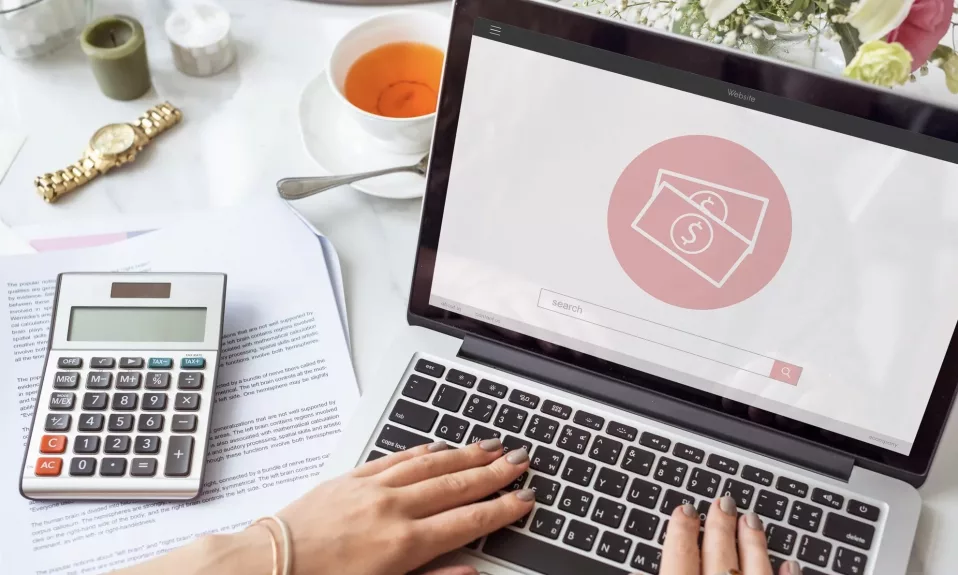In today’s digital age, email marketing is a powerful tool that can help businesses stay connected with their audience and convert leads into customers. With over 3.8 million emails sent out every second, it’s crucial to understand how to craft effective emails that stand out in your recipient’s inbox. In this ultimate guide, we break down the essential components of an email and share tips on optimizing each part for maximum impact.
The 5 Key Components of an Email
- Sender
- Subject Line
- Salutations/Pre-header
- Body
- CTA (Call to Action)
Each component plays a vital role in capturing the reader’s attention and driving them towards taking the desired action. Let’s dive deeper into each of these elements.
1. Sender: Ensuring Your Emails Reach the Inbox
The “from” tag displays the sender’s email address, which is typically the first thing recipients notice when scanning their inbox. To prevent your email from being filtered into the spam folder, ensure that the “from” tag matches your company name. Using a generic or unfamiliar address will lower your chances of reaching your target audience.
2. Subject Line: Enticing Readers to Open Your Email
A well-crafted subject line should be informative, accurate, and compelling enough to make your readers want to learn more about your email content. Great subject lines are:
- Short and to-the-point but not too short
- Interesting and unique
- Relevant to the content of the email
Examples of eye-catching subject lines include:
– “Limited time offer: 50% off all products!”
– “Don’t miss out on our exclusive event!”
– “New collection now available – shop now!”
3. Salutations/Pre-header: Adding a Companion to Your Subject Line
The salutation or pre-header is the initial text that appears following the subject line in various email providers like Gmail and mobile devices. When used effectively, it can be an excellent way to capture your reader’s attention. A good pre-header should:
- Expand upon the subject line
- Explain the email’s purpose to the recipient
Remember, the goal is to give your readers an additional incentive to open your email and read further.
4. Body: Delivering Your Message with Clarity and Precision
The body of your email is where you convey your primary information and establish your credibility. To ensure your message resonates with your audience, consider the following tips:
- Avoid long, rambling emails that overwhelm readers
- Use clear, concise language
- Keep paragraphs short for easy reading
- Proofread your content for spelling and grammar mistakes
By adhering to these guidelines, you increase the likelihood of keeping your readers engaged and leading them towards your desired action.
5. CTA (Call to Action): Guiding Your Readers to Take Action
Every effective email aims to persuade recipients to take some form of action, such as making a purchase or completing a survey. Crafting a strong call-to-action (CTA) is crucial in guiding your readers towards this goal. Here are some best practices for creating compelling CTAs:
- Ensure your messaging is clear and obvious
- Create a sense of urgency by providing a reason for immediate action
- Use relevant and engaging language
By incorporating these tips, you enhance the overall effectiveness of your email campaign and increase the likelihood of driving conversions.
Putting It All Together: Constructing Your Optimized Email
Combining all the elements mentioned above, create an email that aligns with your brand’s image and resonates with your target audience. Remember that consistency across all components helps reinforce brand identity and leaves a lasting impression on your readers.
In conclusion, understanding and optimizing the various parts of an email is crucial in setting yourself apart from competitors and achieving your marketing objectives. By applying the tips shared in this ultimate guide, you’ll be well on your way to crafting impactful emails that convert more readers into customers. So go ahead, level up your email marketing game, and watch your business grow!







